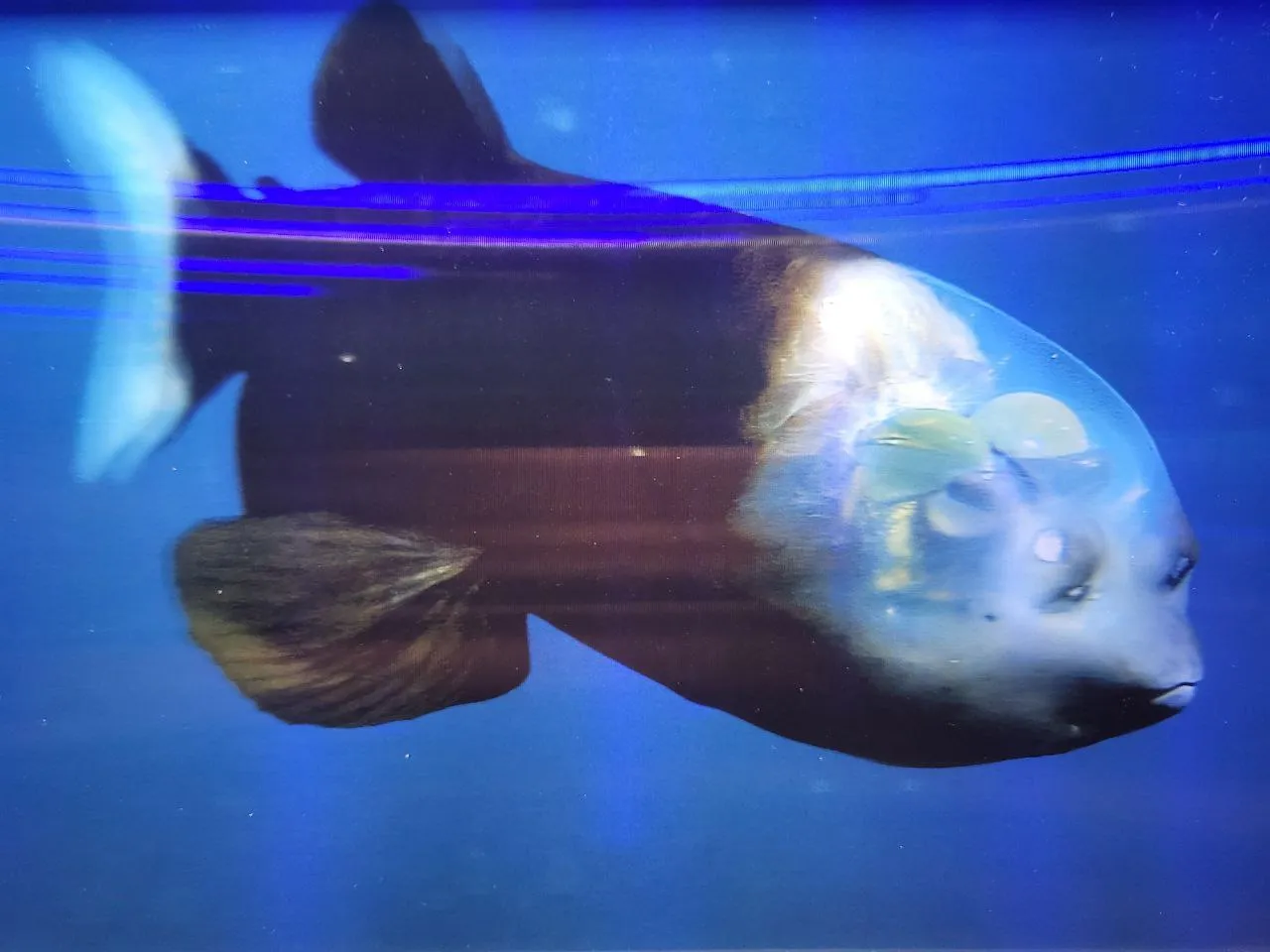Barreleye Fish: The Deep-Sea Telescope — Reading Comprehension
Premium Resource
Grades
- 5
- 6
- 7
- 8
Standards
- MS-LS2-4
- RI.6.3
- RI.7.3
- RI.8.8
PRINT+DIGITAL RESOURCE
This learning resource is available in interactive and printable formats. The interactive worksheet can be played online and assigned to students. The Printable PDF version can be downloaded and printed for completion by hand.
About This Reader
This science passage explores the barreleye fish's extraordinary adaptations aligned with NGSS standard MS-LS2-4 (Ecosystem Interactions). Students will discover how this deep-sea creature's transparent dome head and rotating tubular eyes enable it to detect prey in near-total darkness. The text explains specialized features like counter-illumination camouflage and energy-conserving hovering behavior, demonstrating how organisms adapt to extreme environments. The passage highlights key biological concepts including bioluminescence, predator-prey relationships, and anatomical adaptations to low-light conditions. A fun fact reveals how scientists only recently discovered the fish's eye-rotation ability through deep-sea robotics. Comprehension questions test students' understanding of structural adaptations and ecosystem dynamics, while a vocabulary question reinforces the term 'counter-illumination.' Perfect for middle school life science units on marine ecosystems or evolutionary adaptations.
Perfect For:
👩🏫 Teachers
- • Reading comprehension practice
- • Auto-graded assessments
- • Literacy skill development
👨👩👧👦 Parents
- • Reading practice at home
- • Comprehension improvement
- • Educational reading time
🏠 Homeschoolers
- • Reading curriculum support
- • Independent reading practice
- • Progress monitoring
Reading Features:
📖
Reading Passage
Engaging fiction or nonfiction text
❓
Comprehension Quiz
Auto-graded questions
📊
Instant Feedback
Immediate results and scoring
📄
Printable Version
Download for offline reading
🔊
Read Aloud
Voice-over with word highlighting























